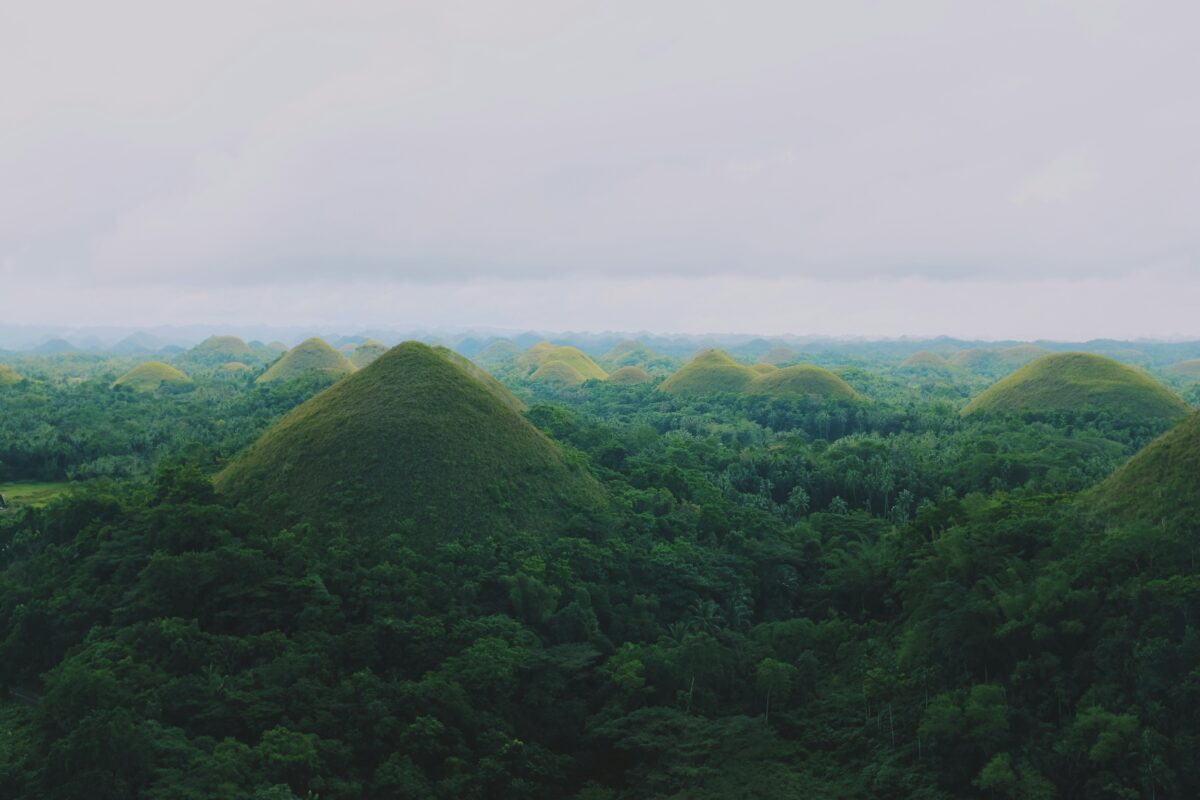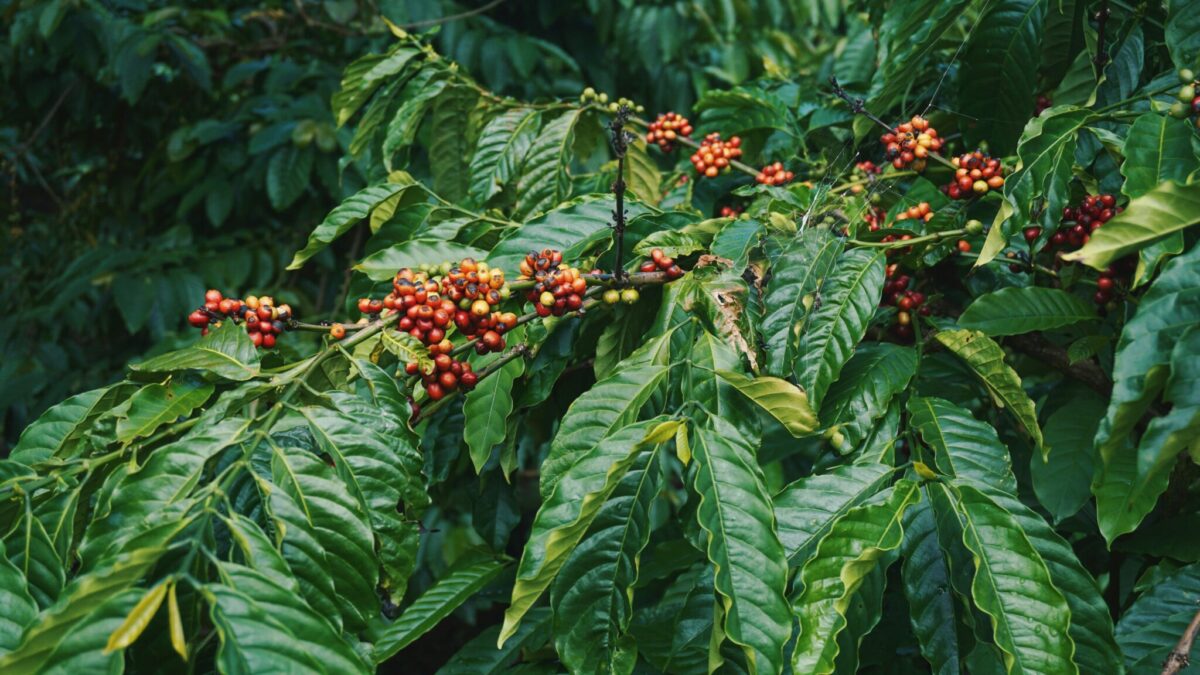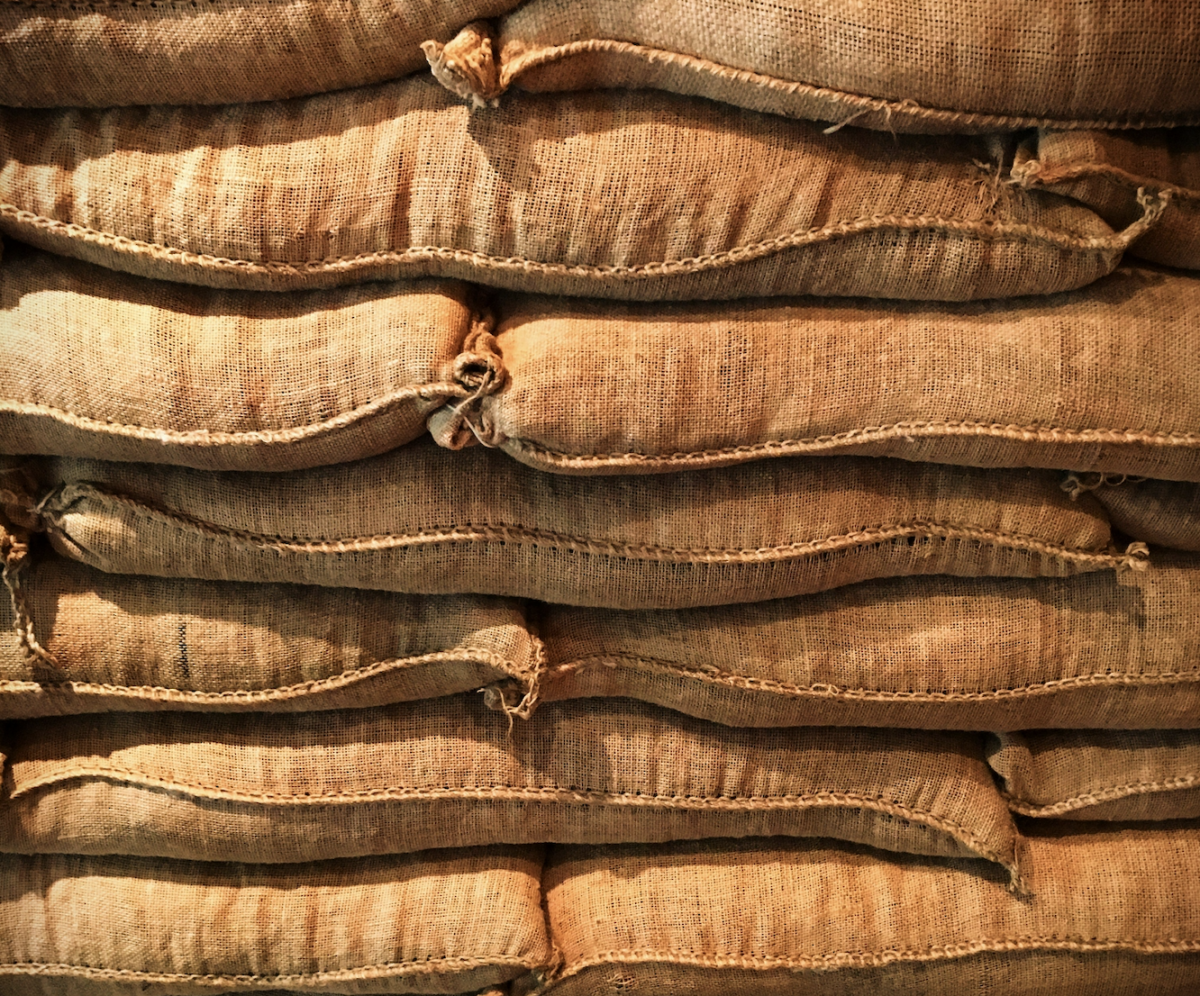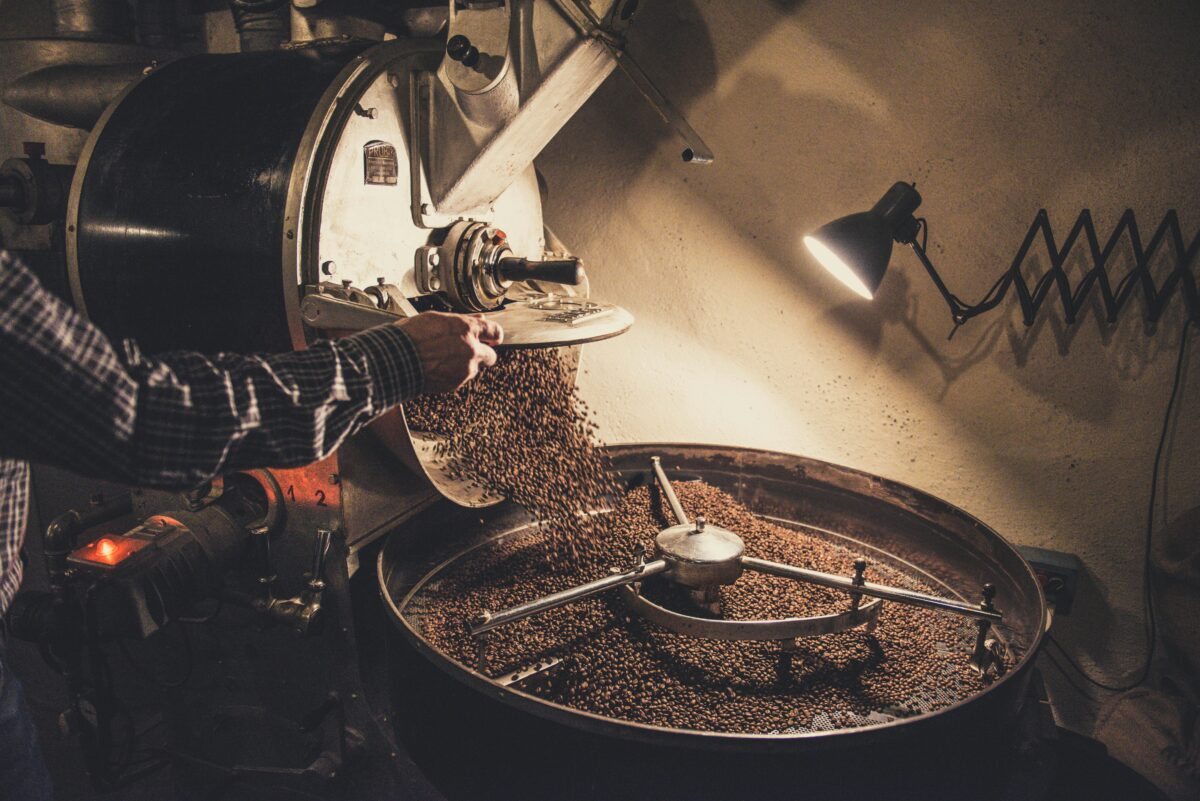Excelsa Coffee Inc. Press Release
FOR IMMEDIATE RELEASE
Excelsa Coffee, Inc. Welcomes New Batch of Rare Philippine Excelsa Beans
[San Diego, CA] – [March 13, 2024] – Excelsa Coffee, Inc., a leading importer of specialty Excelsa coffee beans, today announced the arrival of a new, limited-batch harvest from the Philippines. This exceptional offering will be available for purchase on Amazon, the company’s website (ExcelsaCoffee.com), and through select local cafes and specialty retailers in Southern California.
“We are thrilled to share this unique batch of Excelsa coffee with our customers,” said Olin Patterson, Co-founder of Excelsa Coffee, Inc. “Excelsa beans are prized for their distinctive flavor profile, and this particular harvest promises an exceptional experience. Our strong partnership with dedicated farmers in the Philippines allows us to source these rare beans and ensure the highest quality for every cup.”
A Rare and Exquisite Coffee Experience
Excelsa coffee represents a small fraction of global coffee production. This limited-batch harvest offers a truly unique opportunity for coffee enthusiasts to savor the distinct characteristics of this exceptional bean. Excelsa Coffee, Inc. employs a meticulous small-batch roasting process to preserve the beans’ inherent freshness and aroma, guaranteeing an exceptional coffee experience with every order.
Availability and Additional Information
The new batch of Philippine Excelsa beans is expected to be available in April 2024. Consumers can sign up for the company’s mailing list or contact Excelsa Coffee, Inc. directly at excelsacoffeedotcom@gmail.com for updates and further information.
About Excelsa Coffee, Inc.
Excelsa Coffee, Inc. is dedicated to providing coffee lovers with the exceptional taste and aroma of Excelsa beans. The company sources its beans directly from dedicated farmers, employing sustainable practices and ensuring fair trade throughout the supply chain. Excelsa Coffee, Inc. is committed to offering a unique and unforgettable coffee experience.
Contact
ExcelsaCoffeedotCom@gmail.com





